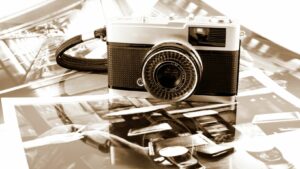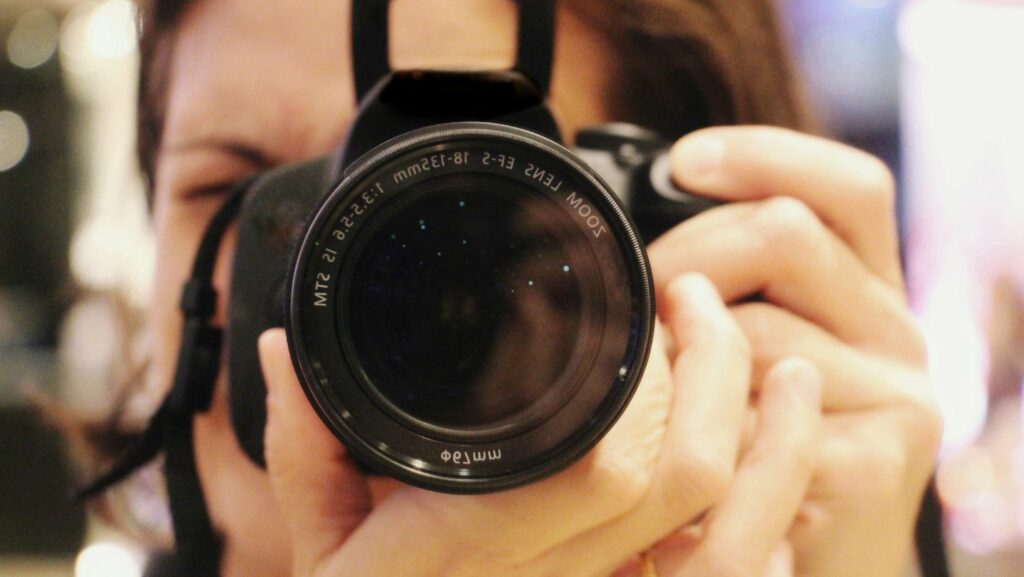In the dynamic world of photography, Off-Camera Flash (OCF) stands out as a game-changer for both professionals and enthusiasts alike. By stepping away from the limitations of built-in camera flashes, OCF opens up a realm of creativity and control that can transform ordinary shots into stunning works of art. It’s not just about illuminating a subject; it’s about sculpting light to enhance texture, depth, and mood in a way that truly captures the essence of the moment.
OCF Photography
OCF photography, or Off-Camera Flash photography, transforms everyday scenes into extraordinary images by adding depth, dimension, and drama. It leverages external flash units, positioned away from the camera, to direct light precisely where needed, illuminating subjects with a level of control that built-in flashes can’t match. This technique enables photographers to experiment with light, creating textures, shadows, and highlights that elevate the visual appeal of photographs. Through the strategic use of OCF, photographers master the art of storytelling, making each capture not just a photo but a narrative piece.
Benefits of Using OCF in Photography
 Incorporating off-camera flash (OCF) in photography offers significant advantages, elevating the quality and impact of images far beyond what is achievable with only natural light or a camera’s built-in flash. OCF allows for unparalleled control over lighting, enabling photographers to manipulate shadows and highlights with precision. This control results in images that exhibit greater depth and dimension, factors essential for creating visually stunning photographs. Moreover, OCF facilitates the crafting of mood and atmosphere, allowing photographers to convey specific feelings or narratives through their work. By utilizing OCF techniques, photographers ensure their images stand out, showcasing a professional level of aesthetic appeal and narrative strength.
Incorporating off-camera flash (OCF) in photography offers significant advantages, elevating the quality and impact of images far beyond what is achievable with only natural light or a camera’s built-in flash. OCF allows for unparalleled control over lighting, enabling photographers to manipulate shadows and highlights with precision. This control results in images that exhibit greater depth and dimension, factors essential for creating visually stunning photographs. Moreover, OCF facilitates the crafting of mood and atmosphere, allowing photographers to convey specific feelings or narratives through their work. By utilizing OCF techniques, photographers ensure their images stand out, showcasing a professional level of aesthetic appeal and narrative strength.
Essential Gear for OCF Photography
Transitioning from the theoretical advantages to practical application in OCF photography requires the right equipment. Essential gear enhances control over lighting, allowing photographers to manipulate shadows and highlights with precision. For those aiming to delve into OCF photography, investing in specific pieces of equipment is crucial.
- Off-Camera Flashes: The cornerstone of OCF photography, these external flash units offer versatility. They can be positioned independently of the camera, enabling photographers to direct light from various angles.
- Transmitters and Receivers: Essential for triggering off-camera flashes wirelessly, transmitters and receivers ensure seamless communication between the camera and the flash units.
- Light Stands: Providing a sturdy base for off-camera flashes, light stands enable precise positioning of lighting sources at varying heights and angles.
- Modifiers: Including softboxes, umbrellas, and reflectors, modifiers shape and diffuse the light. They are pivotal in controlling the quality and direction of light, contributing to the mood and texture of the final image.
Setting Up Your OCF Photography Kit
 Creating an effective OCF (Off-Camera Flash) photography kit involves selecting essential gear tailored to enhance visual storytelling. It begins with integrating off-camera flashes to provide flexibility in lighting. Additionally, investing in a reliable set of transmitters ensures seamless communication between the camera and flash, essential for manipulating light direction and quality. Light stands are crucial for positioning flashes at optimal angles, while modifiers such as softboxes and umbrellas help in controlling light spread and softness. Lastly, a dependable power source guarantees that photo sessions proceed without interruption. By assembling these key components, photographers set the stage for producing images with remarkable depth, dimension, and drama, capitalizing on the advantages of OCF photography.
Creating an effective OCF (Off-Camera Flash) photography kit involves selecting essential gear tailored to enhance visual storytelling. It begins with integrating off-camera flashes to provide flexibility in lighting. Additionally, investing in a reliable set of transmitters ensures seamless communication between the camera and flash, essential for manipulating light direction and quality. Light stands are crucial for positioning flashes at optimal angles, while modifiers such as softboxes and umbrellas help in controlling light spread and softness. Lastly, a dependable power source guarantees that photo sessions proceed without interruption. By assembling these key components, photographers set the stage for producing images with remarkable depth, dimension, and drama, capitalizing on the advantages of OCF photography.
Techniques for Mastering OCF Photography
Light Positioning
Effectively positioning the off-camera flash is crucial in OCF photography. Photographers should experiment with various angles and distances to find the perfect light direction that complements their subject. Positioning the light source at different angles can dramatically change the mood and feel of the image, from creating soft, diffused lighting to achieving stark contrasts that highlight textures and details.
Using Modifiers
Modifiers like softboxes, umbrellas, and reflectors are essential in controlling and shaping the light in OCF photography. They help in diffusing harsh flashes, reducing shadows, and ensuring the light spreads evenly. Each modifier serves a unique purpose, and their strategic use can significantly enhance the quality of the final image. Photographers should familiarize themselves with different modifiers to utilize them effectively according to the desired outcome.


